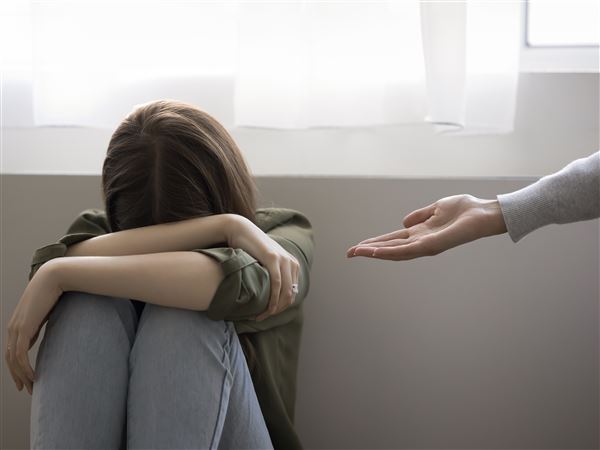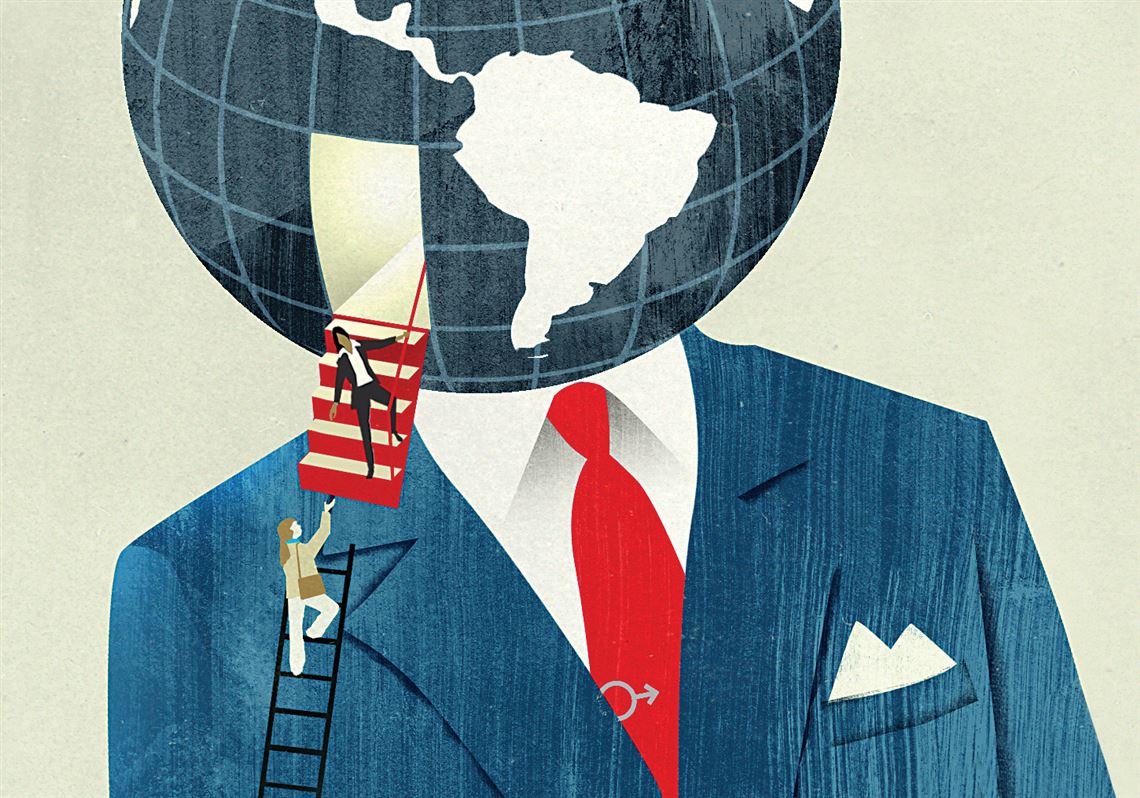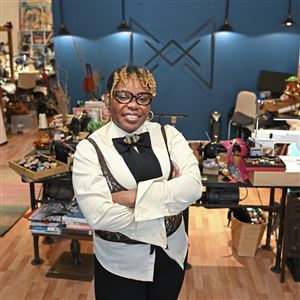For the first time in history, the inner chambers of global leadership may go genuinely coed. The anointment of Theresa May as Britain’s next prime minister, the seemingly endless rule of Angela Merkel in Germany, the brightening prospects of Hillary Clinton in the U.S. presidential race and the presence of women on the shortlist to succeed U.N. Secretary-General Ban Ki-moon could mean that, as of early next year, global summitry will see nearly as many pantsuits and scarves as it does suits and ties.
Those ready to welcome the newcomers to the ranks of the world’s most powerful stateswomen will include South Korean President Park Geun-hye, Chilean President Michele Bachelet and International Monetary Fund Managing Director Christine Lagarde.
Pundits who dare to prognosticate over whether these leaders will each bring a distinctive, somehow more female approach to matters of war and peace, trade, policing or public welfare do so at their peril. They risk stepping into a minefield of stereotypes and preconceptions that history’s shortlist of female heads of major states — Golda Meir, Margaret Thatcher, Indira Gandhi and Benazir Bhutto — have already defied.
But research and theory suggest that once women attain a loosely defined “critical mass” of representation — generally accepted as between 20 and 30 percent — within institutions and decision-making bodies, their influence grows perceptibly.
This idea originated with Harvard Business School professor Rosabeth Moss Kanter, who, in her seminal 1977 article, “Some Effects of Proportions on Group Life: Skewed Sex Ratios and Responses to Token Women,” postulated that, when women exceed one-third of a group they can form coalitions, provide mutual support and reshape the group’s overall culture. The research suggests that the relatively sudden potential presence of a critical mass — a collective of women — simultaneously leading some of the West’s most powerful countries and institutions has the potential to reshape at least certain aspects of how global business gets done.
The ‘glass cliff’
Contemplating the rise of female leaders in Britain and the United States and at the United Nations, it is hard not to think of what the business world has termed the “glass cliff”: the notion that women are elevated to power amid crises so daunting that men are deterred for fear of failure, prompting women to step up to no-win situations.
In the aftermath of Brexit, the men who led both the “Leave” and the “Remain” campaigns mostly headed for the hills, stepping down, declining to stand for election and skulking away to let someone else, namely Ms. May and her newly appointed minister for Brexit, David Davis, to clean up the mess.
While the United Nations is not in imminent crisis, its centrality to world events has faded and its internal sclerosis seems only to stiffen, demanding that a new leader somehow commandeer the world body back into both relevance and functionality.
As for America, there is plenty to be optimistic about in the country’s economic recovery and increasing energy independence, but the other side of the ledger has seen persistent terror attacks, racial tensions and grinding conflicts in Syria, Iraq and Afghanistan — not to mention Washington partisanship and intransigence. Indeed, this could yet turn the next U.S. presidency into something of a precipice.
Amid these challenges, it is tempting to hope — and there is some evidence to indicate — that members of this cohort of female leaders may turn to one another as a source of solidarity, forging effective partnerships that translate into policy results. Betsy Polk and Maggie Ellis Chotas have written a book, “Power Through Partnership: How Women Lead Better Together,” arguing that, when women team up professionally, they can achieve greater confidence, flexibility and accountability than is attainable in other working relationships.
Across multiple academic disciplines, research confirms that women tend to be more open to teamwork than men. A study conducted by the National Bureau of Economic Research confirmed that women are more amenable to collaboration, partly because they tend to underestimate their abilities and overrate those of peers, whereas men are more likely to conclude that they can best get ahead by working on their own.
A psychological study conducted by University of Toronto scholars concluded that women favor teamwork whereas men prefer hierarchy. In the 100-member U.S. Senate, where there are more women than ever before — 20, to be exact — many legislators have noted that cooperation among women has delivered some of the few accomplishments of a largely polarized and hamstrung Congress, including the 2013 deal that ended the third-longest government shutdown in history.
In a 2013 ABC News interview, Sen. Claire McCaskill, D-Mo., credited Senate women with surmounting an “us-against-them” mentality saying: “I think by nature we are less confrontational and more collaborative. … We actually work together, Republicans and Democrats, and women, to try to look at solving the problem rather than just going for political points.”
Elevating women’s issues
Whether the impetus toward collaboration is innately stronger among women, or the ephemeral product of an empathy-driven outreach among those who identify with other members of a historically marginalized group, may not matter for the first few years when female leaders find themselves face to face at NATO and G-7 summit meetings. Whether it’s Bill Clinton’s 1998 pronouncement that the United States must work “with our allies and friends whenever possible, alone if absolutely necessary” or President Barack Obama’s recent entreaties to preserve the transatlantic alliance, the imperative of augmented international cooperation to spread burdens and buttress political legitimacy is hard to deny. If female leaders prove even marginally better at communicating, coordinating and compromising with one another, the international dividends could be great.
Another prospect that seems obvious but could have far-reaching implications is that a group of global female leaders would probably make the welfare and concerns of women more central to global policymaking. Here, Ms. Clinton could well lead the charge.
More than 20 years ago, she set out a bold vision on unfriendly territory in Beijing, during a historic speech at the United Nations’ Fourth World Conference on Women, in which, speaking as first lady, she proclaimed that women’s rights were human rights, and vice versa.
As secretary of state, she converted this lofty vision into a policy blueprint, arguing that the advancement and status of women was not just a moral cause, but also a matter of national security. She catalyzed programs in Afghanistan, Yemen, and Guatemala — including a 24-hour court in the latter’s capital that provides victims of domestic violence not just access to justice, but also health services, psychological counseling and safe housing.
Ms. Clinton also entrenched women’s rights within the bureaucracy, elevating the State Department’s Office of Global Women’s Issues, expanding its budget and creating a fund to support women’s rights projects around the world. She championed women’s rights at the United Nations, including a campaign to give millions of women access to healthy and environmentally sound cookstoves and the adoption of a U.N. resolution that established a special representative focused on sexual assault of women and children in conflict zones. And she created U.N. Women, a global agency that addresses a plethora of women’s issues.
Ms. Merkel, by contrast, is not an avowed feminist and has only recently prioritized women’s advancement in the workplace as a centerpiece of her policy agenda.
In Britain, Ms. May is as yet a bit of a cipher: She prioritized improvements in policing of domestic violence during her tenure as home secretary and made a few vague pronouncements about more women-friendly policies in the workplace.
All this is to say that, while Ms. Clinton may have some rallying to do with her counterparts, the conversation would be easier to start than it might be if she were the lone woman at the big boys’ table. The presence of a critical mass of female leaders could mean that, over time, women’s rights become more integral to the West’s approach to individual countries, including Afghanistan and the Gulf States; to development policy, where natural allies could include Ms. Legarde at the IMF; refugee strategies; trade; and peacemaking.
Building a ‘glass ladder’
A third area where the presence of a critical mass in the uppermost corridors of global power could make a difference is in opening the way to more women — offering a glass ladder if you will.
When Ms. Clinton was named secretary of state, India, Bahrain, Oman and 22 other nations chose to be represented in Washington by female ambassadors, contributing to what The Washington Post dubbed a “Hillary Effect” — whereby nations picked female envoys as “a visible way for a country to signal that it is modernizing and in step with the United States.”
The presence of a critical mass of women in global leadership could prompt the appointment of more female ambassadors and foreign and defense ministers by countries hoping to strengthen their rapport with key governments and institutions.
Heads of state and the United Nations also have a decisive hand in the choice of envoys to mediate major global conflicts, an area where the presence of women has lagged (of the 19 envoys and special advisers serving under Ban Ki-moon, just three are women).
The usual suspects charged with defusing international crises — think former U.N. Secretary-General Kofi Annan, former Finnish President Martti Ahtisaari and Algerian diplomat Lakhdar Brahimi — tend to be in their late 70s or 80s, and male. While the U.N. Security Council has passed multiple resolutions calling for a greater role for women in peacemaking, this new crop of stateswomen may actually turn those paper pledges into a reality.
Over more than 20 years, the critical mass theory of women’s leadership has been debated by scholars and analysts and served as the basis for implementing gender-based quotas and affirmative action programs. In the coming years, our front pages may tell us more than all the theories about whether and what difference having women at the top really makes.
Suzanne Nossel is executive director of the PEN American Center and was formerly deputy assistant secretary of state for international organizations at the State Department. She wrote this for Foreign Policy.
First Published: July 31, 2016, 4:00 a.m.
















